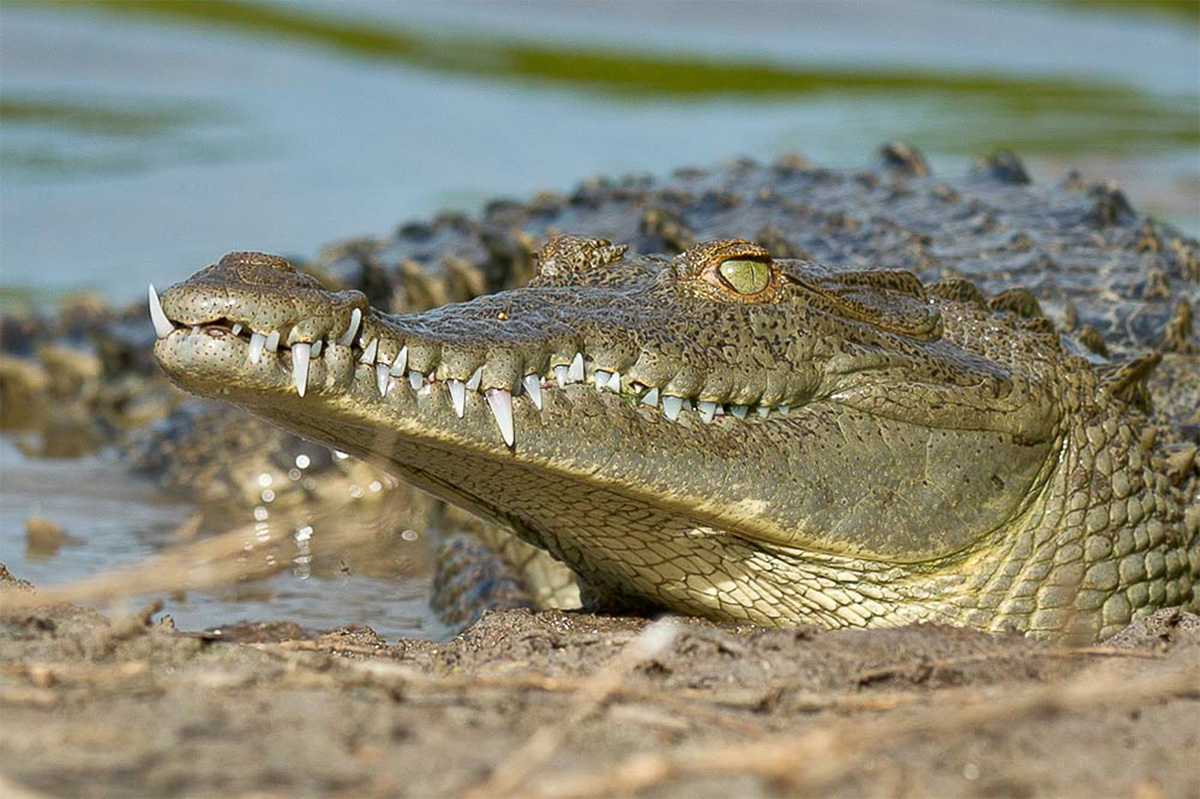
An excerpt from the Naples News; article written by Chad Gillis.
“See you later, alligator. After awhile, crocodile.”
Did you know that there’s only one place in the natural world where that conversation could actually happen?
The historic Everglades is the one place where the crocodile could see the alligator later and the alligator could see the crocodile after awhile.
“This is the only place in the world where you can find both alligators and crocodiles of any species,” said Frank Mazzotti, a crocodile expert at the University of Florida. “The American alligator is at the southern end of its range in southern Florida where the American crocodile is at the northern end of its range in southern Florida.”
While nearly everyone knows about the American alligator, fewer know about its less glamorized but equally-impressive cousin, the American crocodile.
Their native range is from the Sanibel area south to Everglades National Park and then north along the east coast to the Jupiter area.
Holly Milbrandt, a biologist for the City of Sanibel, knows of two female crocodiles that currently live on Sanibel.
Both are tagged, and one was relocated to J.N. “Ding” Darling National Wildlife Refuge on Sanibel in 2010 after the death of another female that lived on the island for decades.
“Prior to 2010 there had been a female crocodile that was first observed in Ding Darling around 1995, and she was observed regularly and spent most of her time it seemed in the refuge,” Milbrandt said. “So most of the folks who did the tour along Wildlife Drive would be able to see her and photograph her. She was really quite docile and seemed to be accustomed to having people in the vicinity.”
The chances of seeing a crocodile in the wild are long.
If you see a 10-foot reptile with a long tail and lots of teeth, it’s probably an alligator as there are upwards of 2 million living in the Sunshine State.
There are only 1,500 or so crocodiles, which are listed as endangered by the federal government and threatened by the state.
So how do you tell them apart?
“Alligators are really dark brown to black in color where as the crocodile will be more greenish-grey,” Milbrandt said. “Some of the other distinguishing characteristics have to do with the shape of their head. The crocodile head is much more narrow at the end of the snout and tapers in and is more triangular, where the alligator has a much more broad and rounded snout with almost the same width from the eyes all the way to the snout.”
The reclusive critters seem to be wary of humans.
There’s only one account of a crocodile biting a human being, and that happened in Coral Gables in 2014, prompting the advice “Don’t get drunk and jump into a canal on top of a crocodile at 2:30 in the morning.”


